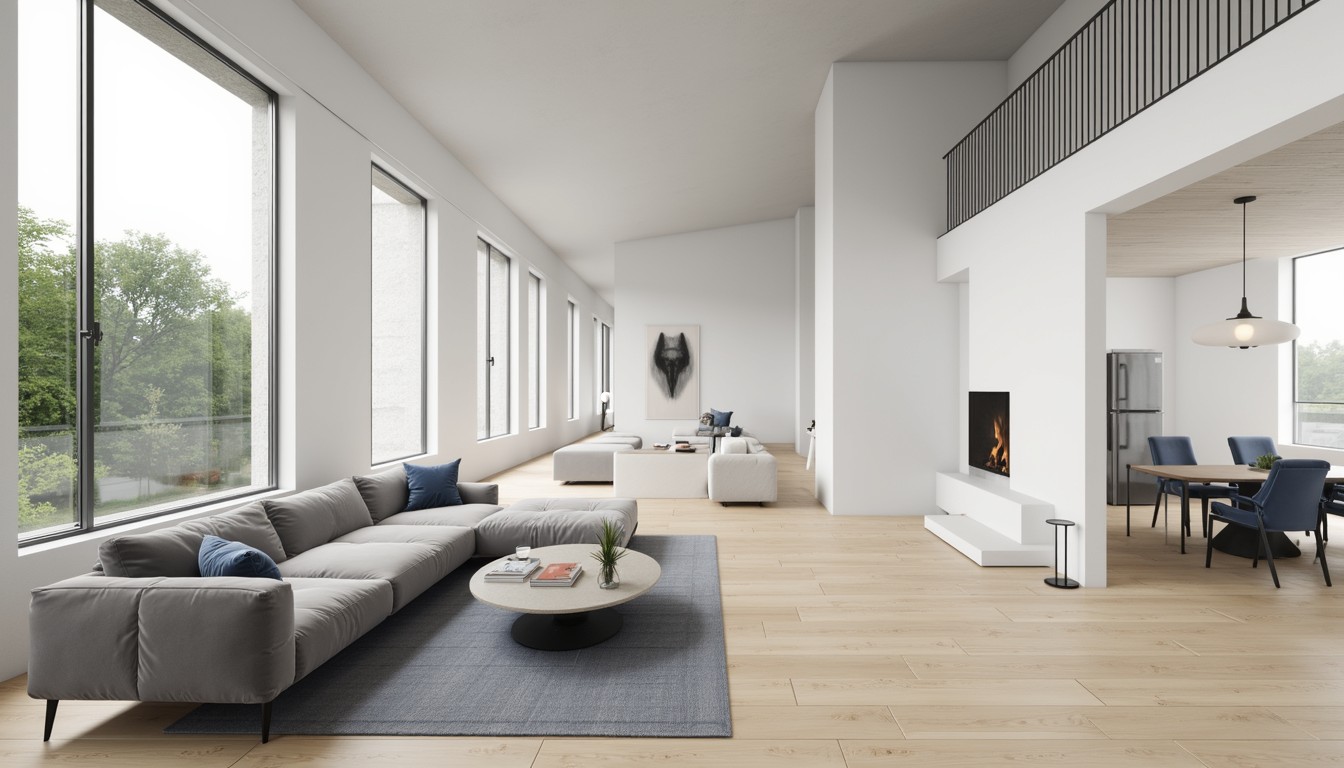Web-Based 3D Visualization: Democratizing Architectural Presentations
The architectural visualization landscape is undergoing a dramatic shift. Gone are the days of cumbersome software, high-end hardware requirements, and the limitations of static renderings. Web-based 3D visualization is emerging as the revolutionary force, democratizing access to powerful presentation tools and transforming how architects interact with clients and stakeholders.
The Limitations of Traditional Architectural Visualization

Traditional methods of architectural visualization, relying heavily on dedicated software like 3ds Max, Revit, or SketchUp, often present significant hurdles. These methods typically demand:
- High-end hardware: Rendering complex 3D models requires powerful computers, increasing project costs and limiting accessibility for smaller firms.
- Specialized software expertise: Mastering these programs necessitates considerable training and expertise, adding time and expense to the process.
- Difficult sharing and collaboration: Sharing large 3D models and renderings can be cumbersome, hindering effective client collaboration and feedback.
- Limited accessibility: Clients may lack the necessary software to view presentations effectively, leading to communication challenges.
The Rise of Web-Based 3D Visualization: A Game Changer
Web-based 3D visualization platforms offer a compelling alternative, addressing many of the limitations of traditional methods. These platforms leverage the power of web technologies, allowing architects to:
- Access and share projects easily: Clients can view presentations from any device with a web browser, eliminating software barriers.
- Collaborate seamlessly: Real-time collaboration features enable architects and clients to interact with the model simultaneously, facilitating efficient feedback loops.
- Reduce hardware requirements: The platform handles rendering in the cloud, eliminating the need for expensive, high-powered computers.
- Improve client engagement: Interactive 3D models provide a more immersive and engaging experience, leading to better understanding and buy-in.
- Streamline workflows: Automated processes and efficient sharing functionalities streamline the overall project workflow.
Real-World Applications and Benefits

The applications of web-based 3D visualization are vast and diverse:
- Client presentations: Showcase designs with interactive walkthroughs and flyovers, boosting client engagement and securing approvals.
- Stakeholder review: Facilitate efficient feedback collection from various stakeholders, including city planners, engineers, and contractors.
- Marketing and sales: Create compelling marketing materials and virtual tours to promote projects and attract potential clients.
- Interior design visualization: Allow clients to explore and customize interior spaces virtually before committing to decisions.
- Construction planning and management: Visualize construction progress, identify potential issues, and facilitate collaboration among construction teams.
Choosing the Right Web-Based 3D Visualization Platform
Selecting the appropriate platform is crucial. Consider factors such as:
- Ease of use: Choose a platform with an intuitive interface and minimal learning curve.
- Collaboration features: Ensure the platform supports real-time collaboration and feedback mechanisms.
- Rendering quality: Assess the quality of the rendered images and animations.
- Integration capabilities: Check for compatibility with existing software and workflows.
- Scalability and security: Ensure the platform can handle large projects and provide robust data security.
ArchNav: Your Partner in Web-Based 3D Visualization

ArchNav is at the forefront of web-based 3D visualization, providing cutting-edge solutions that empower architects to create stunning presentations and collaborate seamlessly. We understand the challenges of traditional visualization and offer a robust, user-friendly platform that streamlines your workflow and enhances your client interactions. Our expertise in high-quality rendering, intuitive interface design, and secure cloud technology ensures your projects are presented in the most impactful way possible.
Conclusion
Web-based 3D visualization is not merely a trend; it's a paradigm shift in architectural presentation. By embracing this technology, architects can overcome traditional limitations, improve client communication, and ultimately, deliver more successful projects. Partner with ArchNav and experience the transformative power of web-based 3D visualization. Let us help you elevate your architectural presentations to the next level.
